
Ascocentrum curvifolium (Lindl.) Schltr.1913 is an epiphytic growing orchid species, native to the Himalayas, India (Assam), South China, Nepal, Myanamar (formerly Burma), Thailand, Laos, Cambodia and Vietnam. The erect inflorescences reach lengths of about 25 cm and are packed with multiple flowers. The orange-red flowers get a size of about 2,5 cm in diameter …
Read the full article...

Asconopsis Jiaho’s Orange is a small sized, epiphytic growing, intergeneric orchid hybrid, a crossing between Asconopsis Irene Dobkin (seed parent) and Phalaenopsis Zuma’s Pixie (pollen parent). The beautiful orange Asconopsis hybrid has been developed and registered with the Royal Horticultural Society in the year 2004 by Nobby Orchids, an orchid nursery from Yünlin, Taiwan. The Read More »
Read the full article...

Ascocentrum christensonianum Haager 1993 is a small epiphytic growing orchid species native to Vietnam. The Czech botanist Jiri (George) Haager described Ascocentrum christensonianum in the year 1993 and named the tropical orchid species in honour to the American botanist Eric A. Christenson (born 1956). The erect, many-flowered inflorescences of Ascocentrum christensonianum reach a …
Read the full article...

Ascocentrum garayi Christenson 1992 is an epiphytic growing orchids species, native to Laos, Thailand and Vietnam, named by Eric A. Christenson in honour to the American botanist and taxonomist Leslie Garray. Ascocentrum garayi is often mistaken for Ascocentrum miniatum, which looks quite similar at the first view. One of the differences is, that Ascocentrum miniatum Read More »
Read the full article...

Ascocentrum ampullaceum (Lindl.) Schltr. 1913 is an epiphytic growing miniature orchid species, endemic to the Himalayas, India (Assam, Sikkim), Bangladesh, Nepal, Bhutan, China, Burma (Myanmar), Thailand, Laos and Vietnam. Primarily described by William Roxburgh as Aerides ampullacea in 1832, then changed by Sir John Lindley to Saccolabium ampullaceum, finally recategorised by Rudolf Schlechter as Ascocentrum Read More »
Read the full article...





 Lemonia (Ravenia spectabilis)
Lemonia (Ravenia spectabilis) Bulbophyllum orectopetalum
Bulbophyllum orectopetalum Phalaenopsis cornu-cervi Blume & Rchb. f. 1860
Phalaenopsis cornu-cervi Blume & Rchb. f. 1860 Epidendrum ciliare (Coilostylis ciliaris)
Epidendrum ciliare (Coilostylis ciliaris) Man of the Earth (Ipomoea pandurata)
Man of the Earth (Ipomoea pandurata) Dendrobium infundibulum Lindl.1859
Dendrobium infundibulum Lindl.1859 Paphiopedilum insigne
Paphiopedilum insigne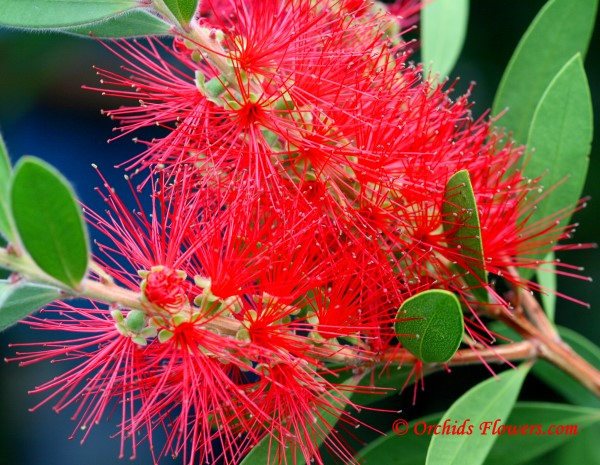 Crimson Bottlebrush (Callistemon citrinus)
Crimson Bottlebrush (Callistemon citrinus) Phalaenopsis Golden Beauty
Phalaenopsis Golden Beauty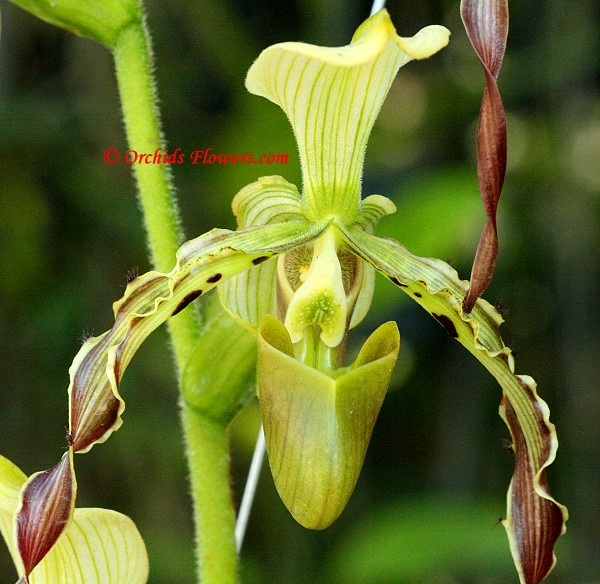 Paphiopedilum parishii
Paphiopedilum parishii Hoya megalaster
Hoya megalaster Vandachostylis Thai Sky
Vandachostylis Thai Sky Phalaenopsis violacea fo. coerulea Christenson
Phalaenopsis violacea fo. coerulea Christenson Oceanblue Morning Glory (Ipomoea indica)
Oceanblue Morning Glory (Ipomoea indica) Buddha’s Lamp (Mussaenda philippica var. aurorae)
Buddha’s Lamp (Mussaenda philippica var. aurorae)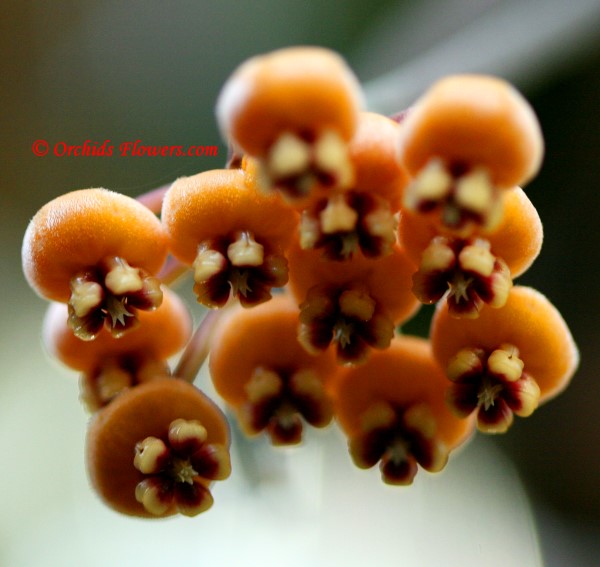 Hoya waymaniae Kloppenb.1995
Hoya waymaniae Kloppenb.1995 Brassia Eternal Wind “Summer Dream”
Brassia Eternal Wind “Summer Dream” Phalaenopsis × valentinii
Phalaenopsis × valentinii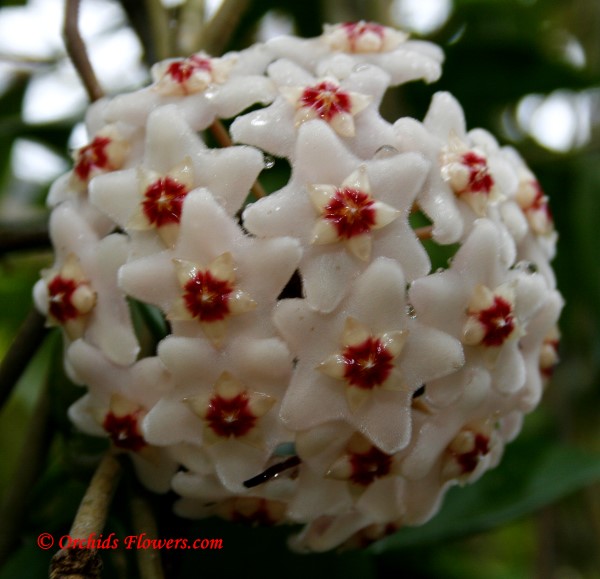 Hoya carnosa white
Hoya carnosa white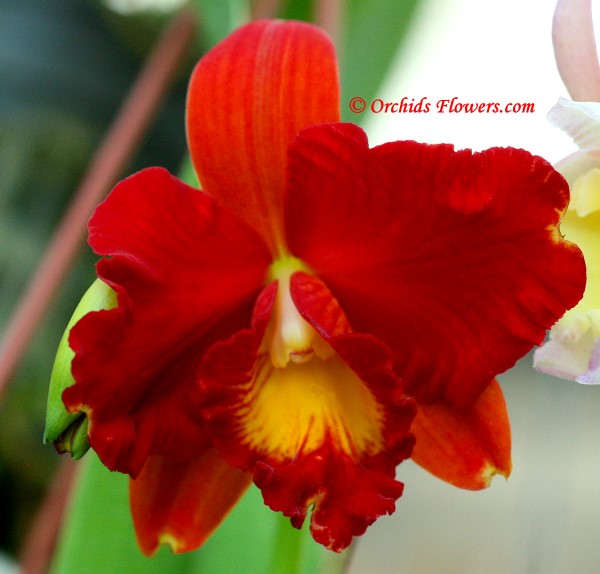 Cattleya Tainan City
Cattleya Tainan City


 Hoya macgillivrayi F. M. Bailey 1914
Hoya macgillivrayi F. M. Bailey 1914 Monkey Flower Tree (Phyllocarpus septentrionalis)
Monkey Flower Tree (Phyllocarpus septentrionalis) Bulbophyllum sikkimense (Cirrhopetalum sikkimense)
Bulbophyllum sikkimense (Cirrhopetalum sikkimense) Spathoglottis Citrus Cooler Sorbet
Spathoglottis Citrus Cooler Sorbet